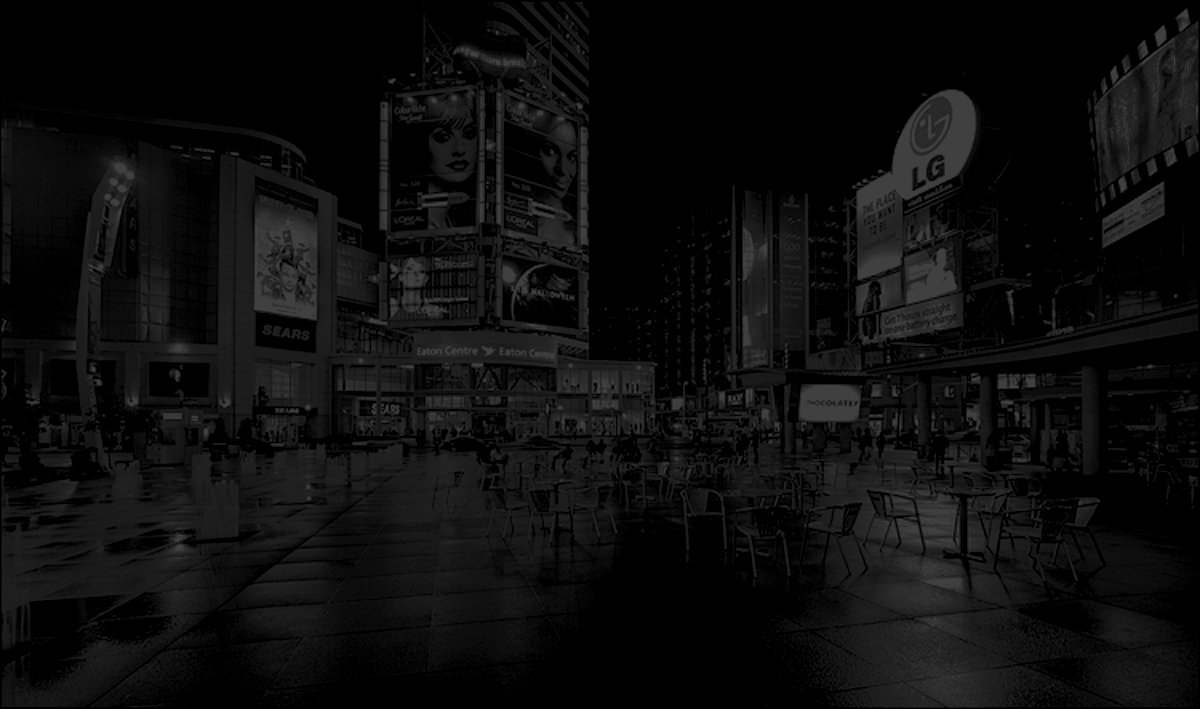The urban landscape of Gotham City, the home of Bruce Wayne and Batman, is often described as a dystopic future New York City. Blighted by urban decay and crime, the city is a shell of its former self. Filmed almost entirely during the night, the urban spaces depicted are largely loitering grounds for the city’s undesirables, while the rest of the population seems in a rush to pass through it as quickly as possible. The set of Gotham City is interesting in its ambiguous relationship to both an actually city (New York) and its origins as a comic book; this gives it an uncanny ability to shift between the worlds of the real and the imaginary. While the foreground is live-action, filled with people, recognizable automobile brands, and symbols prevalent within our own cities, the background is abstracted as a cartoonish fantasy.
Filmed on nine separate sound stages in London, England, the urban space in Gotham City is a surreal combination of real-world symbols and spaces juxtaposed with fantastical cityscapes. In order to mediate between these two realms and provide a clear identity for the city, the urban space is filled with information and signs. In many of the street scenes, whimsical skyscrapers that bear no resemblance to reality dominate the background. One particular background building contains a set of smouldering smokestacks cantilevered from its side, while the top is crowned with a colonnaded rotunda structure not dissimilar form the Tempietto in Rome. The building creates a sense of ambiguity between historical styles and by extension its place in time. The foreground of the scene, however, contains symbols from contemporary urban space. A souvlaki stand, 1980’s Oldsmobile sedan, traffic lights and signals, all contain information that grounds us in a place and time not too far removed from our own. Burton’s portrayal of urban space as realistic, while simultaneously futuristic, lends Gotham City an air of relevance, while rendering its urban decay all the more alarming.
The urban space of Gotham City is also used as a location from which to collectively celebrate the city’s 200th anniversary. While no particular mention of history is mentioned, a parade is planned to wind through the city’s creviced streets. When the Joker highjack’s the parade with his own float, no one particularly seems to mind. This could potentially be attributed to the lack of collective memory evidenced in the city’s urban space; as little value abounds, the parade and its significance are muted. The Joker is able to supplant any historical or temporal meaning of the city with his own imagery and symbols. While the signs and information carried by the city’s urban space give us the viewer information about Gotham’s character, they do not necessarily speak to the residents of the city itself. They are left unsure of the city’s and their own identities within it, making it easy for them to be swayed by other images of themselves – those put forward by the Mayor, Batman, and ultimately, the Joker.

